While the old Christmas song heralds December as “The Most Wonderful Time of the Year,” for fundraising professionals, “The Most Stressful Time” might be more accurate.
Research shows that this is the time when many nonprofits raise a significant portion of their funds–50% of nonprofits receive a majority of their donations from October through December.
Research doesn’t show that this is the time lots of fundraising professionals think seriously about moving to a desert island, but I’m pretty sure it’s true.
“50% of nonprofits receive a majority of their donations from October through December…” tweet this

At CauseVox, a fundraising platform for nonprofits, we can’t promise to remove all your stress and take away your to-do list, but we do want to make sure that you have great strategies for your annual campaign.
1. Integrate Your Campaign
It’s easy to think of a campaign in terms of dollars and cents, but what it’s really about is telling stories. Storytelling is what connects us as humans, and how we build communities. We believe stories can change the world when you post them directly on your CauseVox fundraising campaign.
Your annual campaign should have one strong story that you tell everywhere. That story is what will inspire your donors.
“Your annual campaign should have one strong story that you tell everywhere…” tweet this
Consider classic Hollywood stories like:
- Overcoming the Monster–The story of how a plucky organization overcomes a threat to their community.
- Rags to Riches–The story of how someone’s life improves through an organization’s action.
- The Quest–The story of a journey to achieve something great.
- Voyage and Return–The story of how someone went to a strange land (addiction, illness) and found their way home.
- Rebirth–The story of how someone’s transformation.
- Tragedy–The story of how negative forces harmed innocents.
Every story you tell should:
- Demonstrate how a donation makes a difference
- Connect your donors to the community
- Create an emotional experience
You’ll want your essential message to be consistent across all your channels, so that supporters get the story no matter where they encounter it, but the way you tell the story will change depending on the channel. This keeps your campaign fresh, even if your donors are encountering you in several places.
Each channel offers specific ways to tell your story:
- Your fundraising website: Your CauseVox campaign becomes a destination for people to find and discover compelling stories, driving more traffic and donations to your annual campaign.
- Email: Tell your story with a short example, photographs, and regular updates.
- In-person events: Tell your story with conversations, photo displays, video, and personal public speeches.
- Social Media: Tell your story with video, infographics, and photos.
- Print: Tell your story in-depth, using longer form content to tell personal stories of your impact.
- Direct Mail: Tell your story with a human face. Choose a single example to tell vividly.
By integrating your campaign, you ensure that no matter where supporters encounter it, they’ll hear the same message.
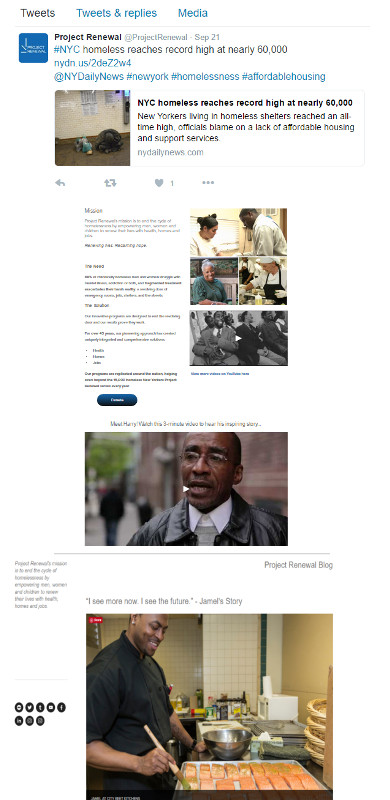
2. Send That Letter
Were you surprised to see Direct Mail on the list of channels? Contrary to some declarations, direct mail isn’t dead. It has a higher return rate than email. There’s a reason nonprofits have been sending appeals via the mail forever–it consistently works.
“There’s a reason nonprofits have been sending appeals via the mail forever–it consistently works…” tweet this
To get the most out of your annual appeal letter, make sure it:
- Tells an engaging human story
- Is easy to skim, with short paragraphs and lots of white space
- Contains a clear call to action
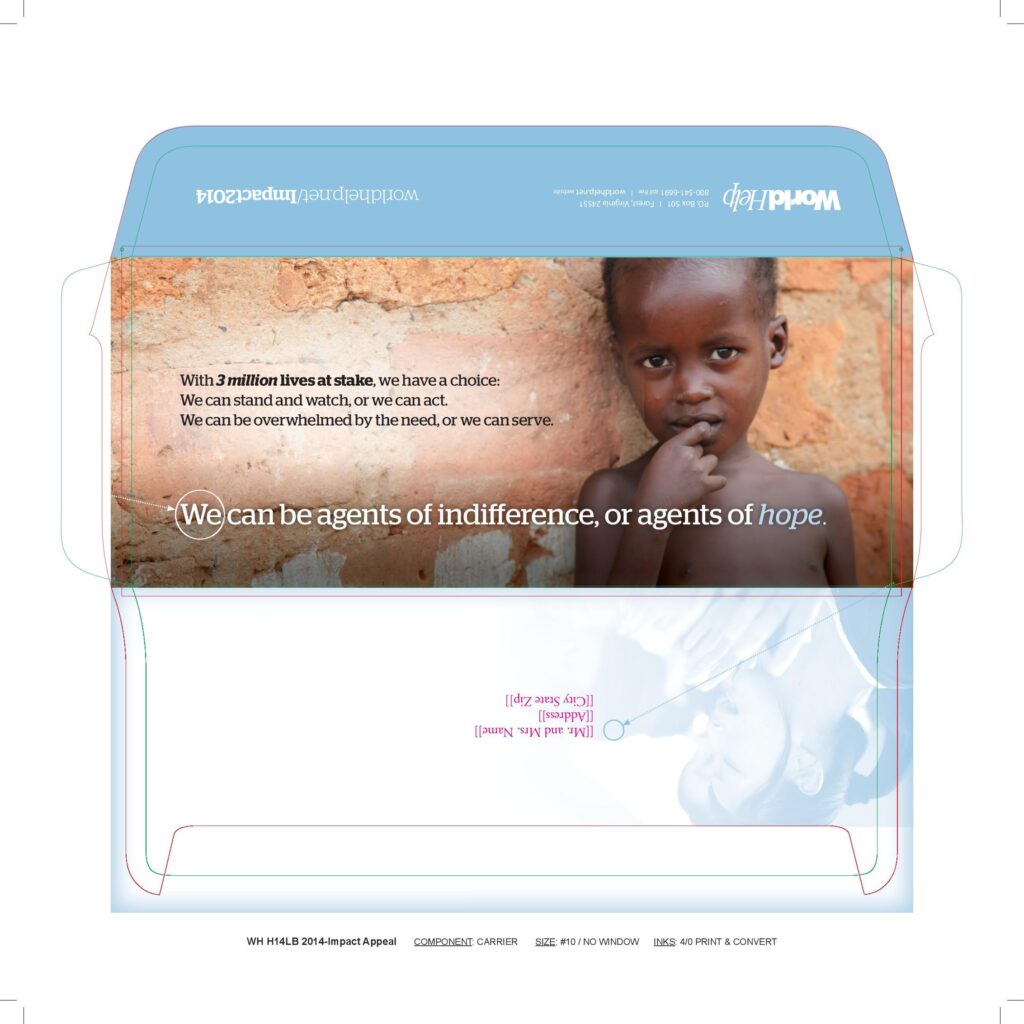
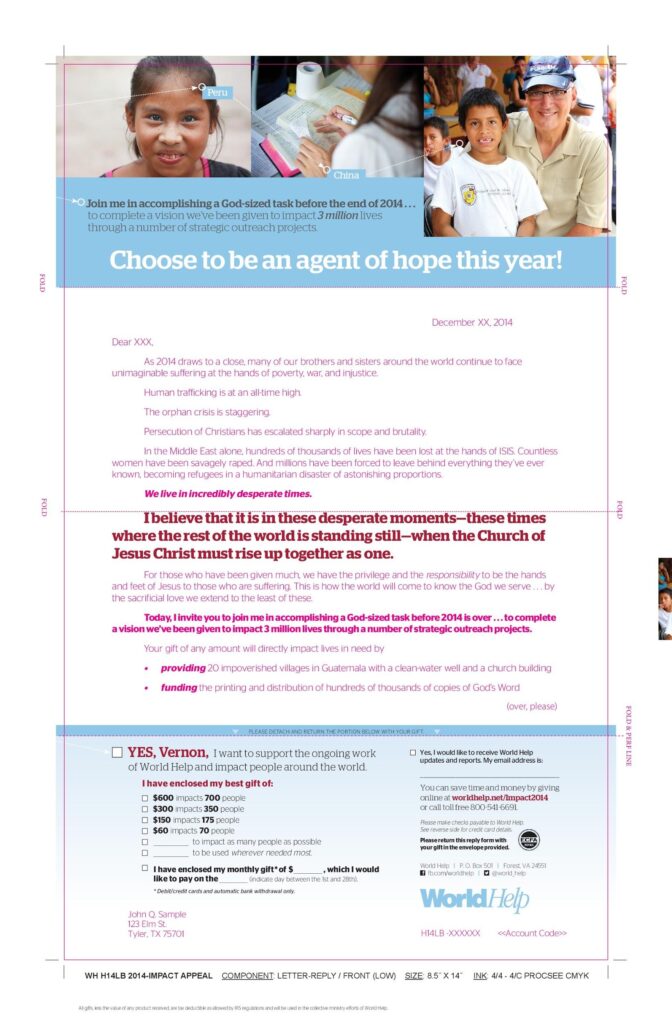
3. Give Your Supporters Non-Monetary Ways to Give
Not everyone who believes in your cause will be able or willing to make a monetary gift this year. These people are still valuable supporters, so find ways to engage them.
Offer:
- Volunteer Opportunities
- Opportunities to help by sharing your content and appeals
- Opportunities to help by raising funds for you (CauseVox’s personal fundraising pages make it easy for supporters to reach out to their networks on your behalf)
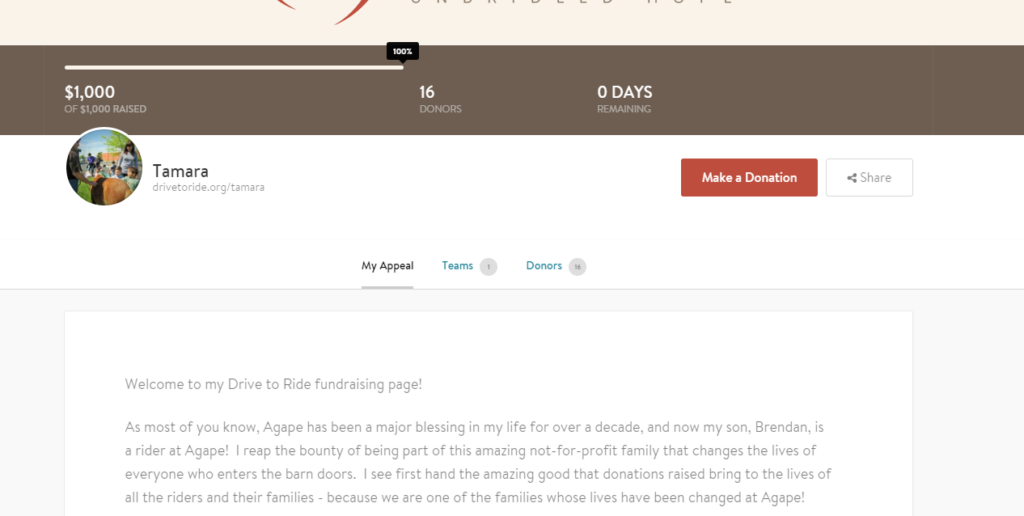
These non-monetary contributions build deep ties to your organization.
4. Remember Non-Cash Donations
It’s easy to focus on cash donations, but your annual campaign is a great time to include other ways of giving, like asset-based giving, planned giving, and in-kind donations of goods or services.
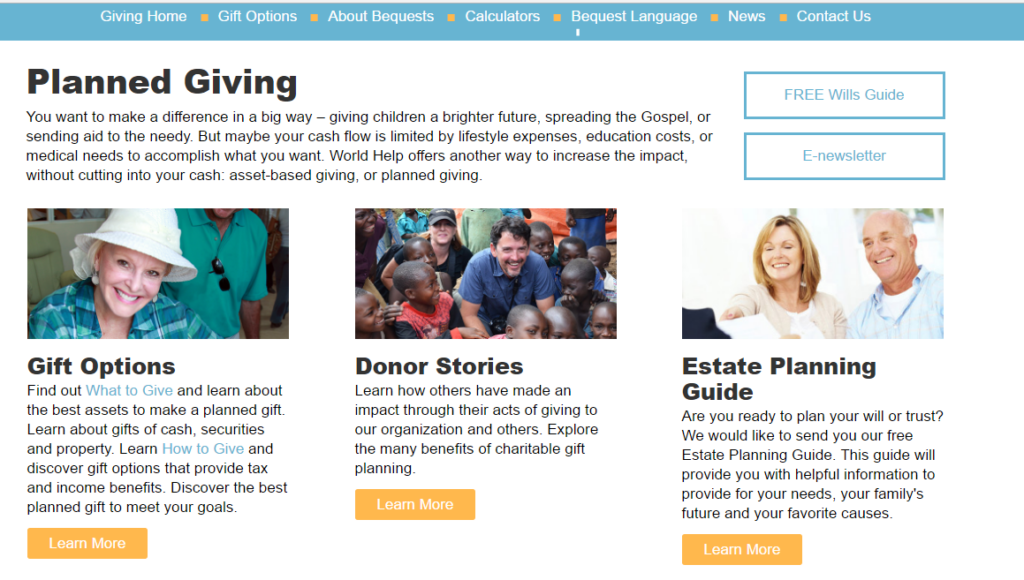
Asset-Based Giving
There are a lot of things of value that the IRS does not consider cash, such as stocks, mutual funds, and property like real estate and cars. These things can be sold for cash, but don’t fall under the same tax policies as plain old money. It may be advantageous to your donors to make this kind of gift.
The nice thing about an asset-based gift is that it gives your organization the option of liquidating it for cash, or allowing it to appreciate, thus increasing the yield of the gift.
Planned Giving
Okay, this kind of non-cash donation doesn’t give you money right away, but it should still get a mention in your annual campaign. It is a plan for the future. Planned giving opportunities include:
- bequests–writing your organization into a will, essentially
- beneficiary selections–naming your organization as the beneficiary of a life insurance policy or retirement plan
- establishing trusts
In-Kind Donations
Your supporters may not have cash to support your mission, but they may have things you were going to spend money on. Things like a space to hold your meetings, or a handmade quilt for your raffle, or food for your holiday meals for the homeless.
Maybe your supporters have professional skills they’d like to donate, such as fixing your stairs, or painting a mural, or catering your gala. These donations allow you to stretch your dollars, and they also build deep connections to your organization.
5. Tap Into The Power Of Community
A community working together is a powerful thing. At CauseVox, we advocate for a people-based fundraising strategy because we believe that the power of your community holds more potential than anything else. More than grants, more than major gifts, your community is your most valuable asset.
Peer-to-peer is a natural addition to anything you’re doing online for your campaign. CauseVox fundraising websites have the option of adding personal fundraising pages so your supporters can reach out to their networks on your behalf. These pages are very shareable, easy to link and use, and take all the headaches out of collecting money and communicating impact.
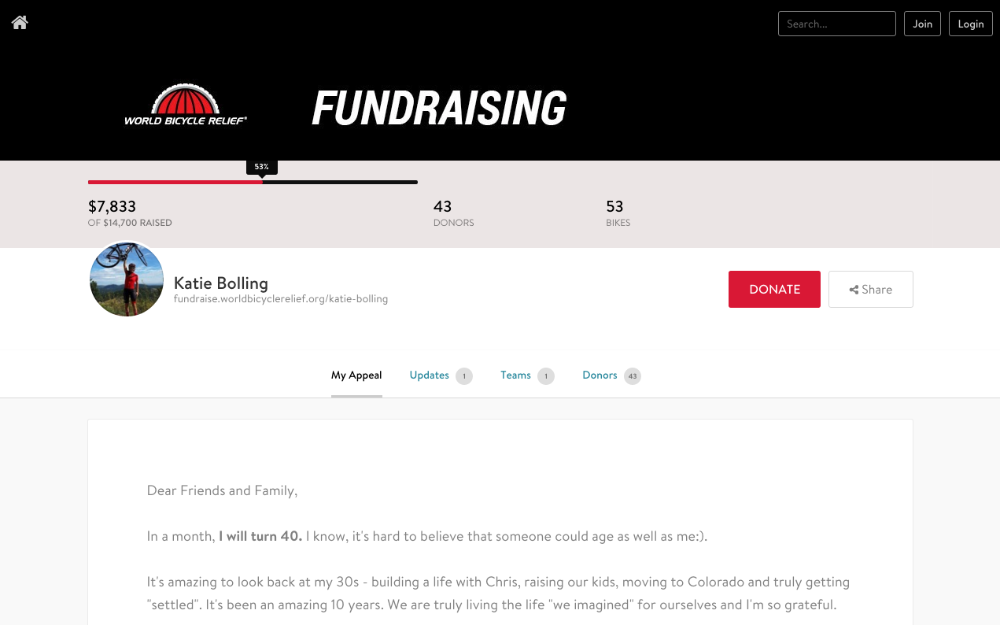
We recommend incorporating a peer-to-peer strategy for annual campaigns in particular, because:
Peer-to-Peer Cuts Through The Noise
A peer-to-peer strategy cuts through the noise at this time of year. People may tune out an organization’s asks and appeals, but they don’t tune out their friends and family. They can hear your message when it comes from someone they know and love.
“A peer-to-peer strategy cuts through the noise at this time of year” tweet this
Peer-to-Peer Brings In New Supporters
Using a peer-to-peer strategy is also an effective way to gain new supporters. Rather than cold prospecting or hoping people find out about you, peer-to-peer fundraising puts you in contact with new people in a personal way. It’s an efficient way to reach new donors, too. Your existing supporters do the legwork of connecting you with their networks
Peer-to-Peer Builds Lasting Connections
It’s important for your supporters to hear your story, but letting them tell it takes things to another level. When you engage your supporters in peer-to-peer fundraising, they become tellers of your story, fostering a deeper connection with your cause.
A peer-to-peer strategy empowers your supporters to consider themselves a real part of things at your organization– which they are.
You’ve Got This
An annual campaign is stressful and the pressure is high, but we believe in you. By using these best practices, telling your story loud and clear, and harnessing the power of your community, we believe you’ll be set up to have a strong and engaging annual campaign. Don’t set off for that desert island just yet.
If You Liked This Post, You May Like:
7 Ways To Re-Engage Donors Acquired During Year-End




